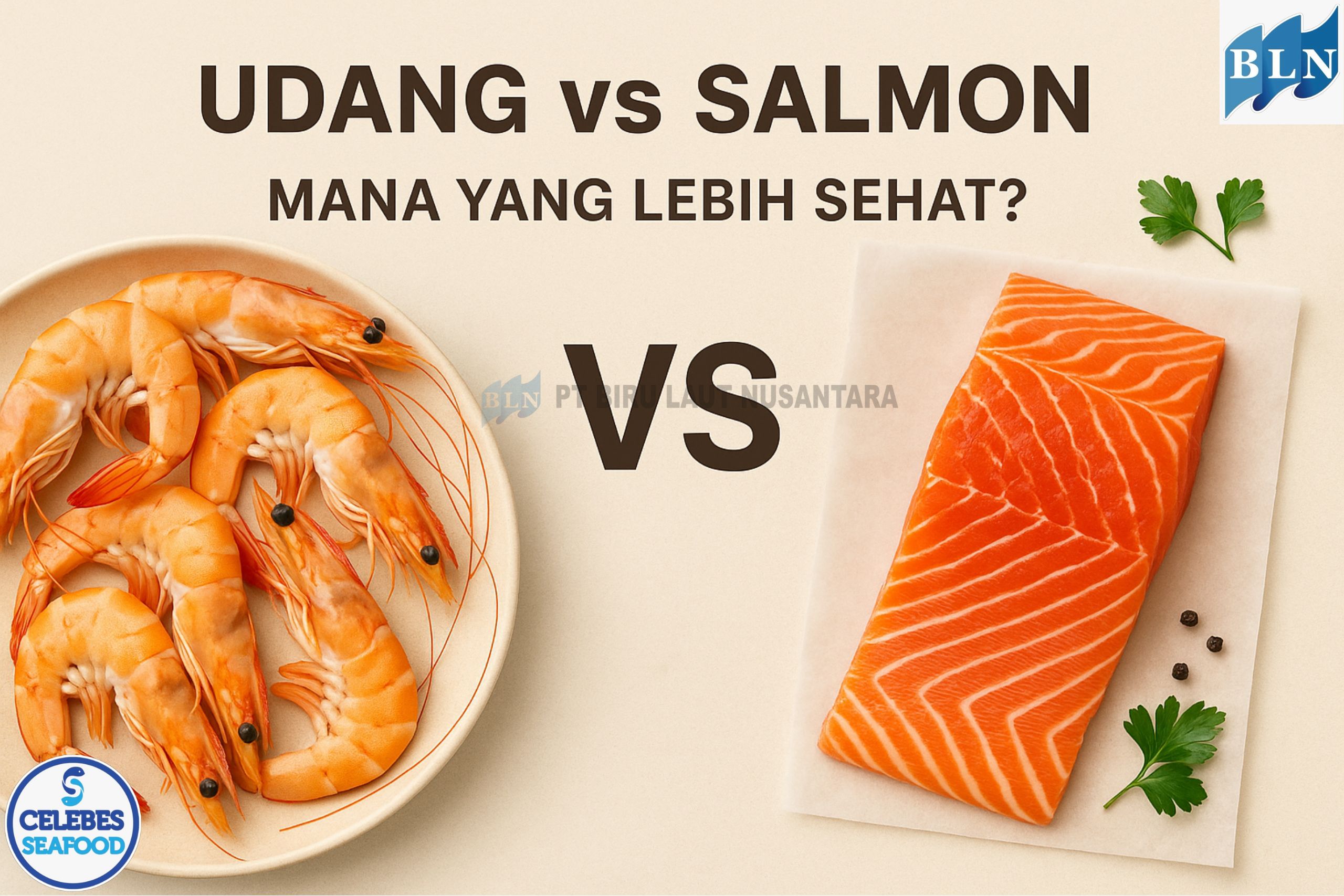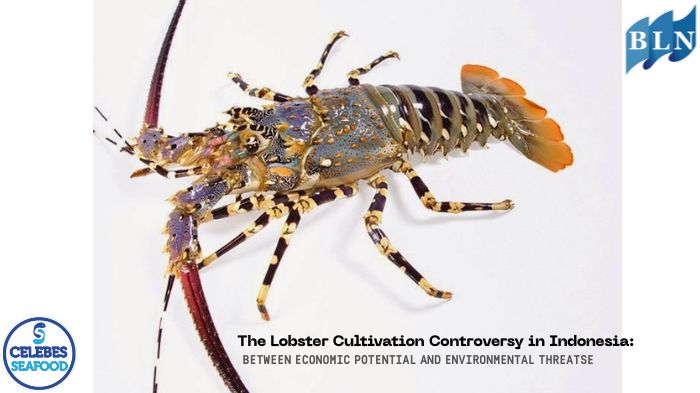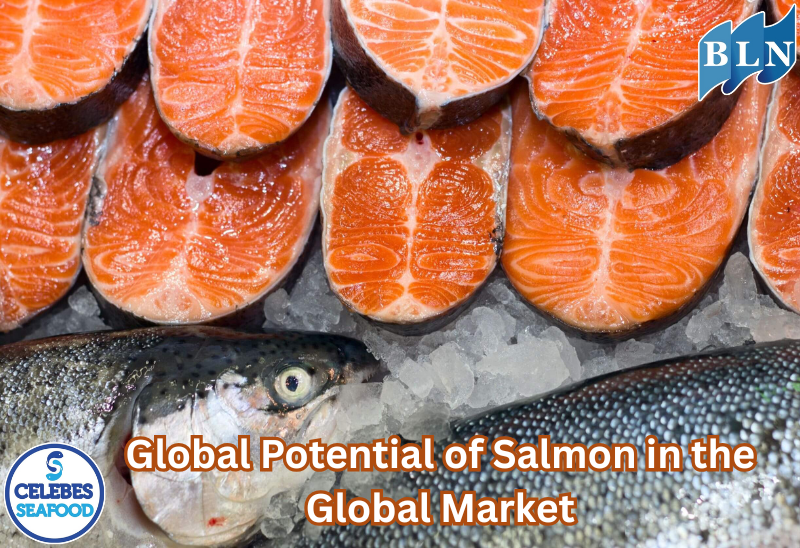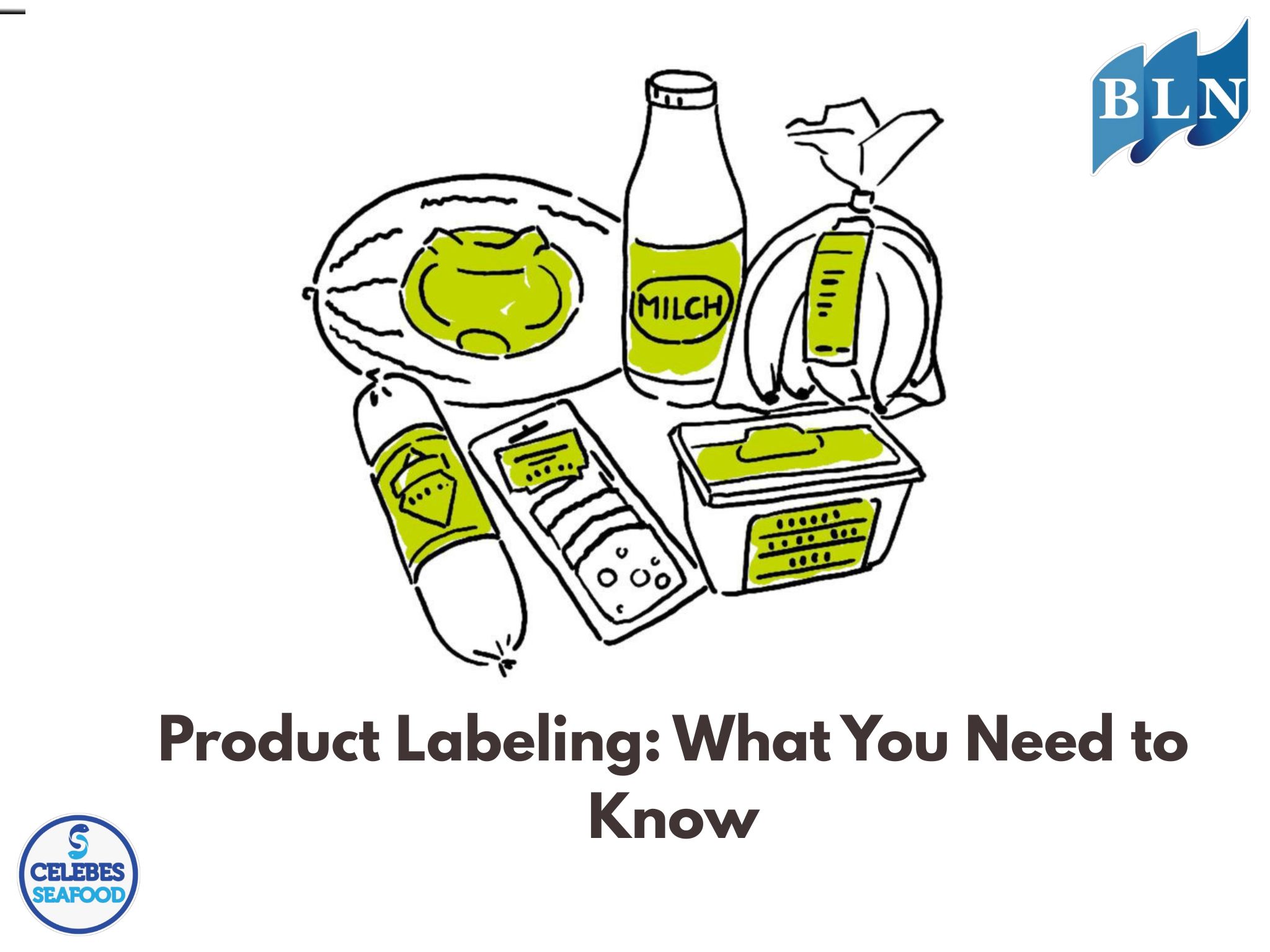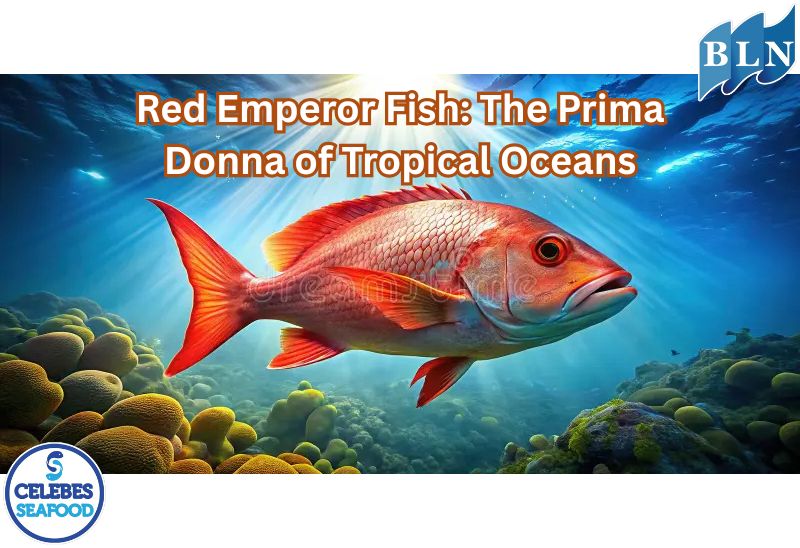The Potential of Utilizing Sweetlips Bones and Scales as a Source of Collagen
By. Amma - 30 Jul 2025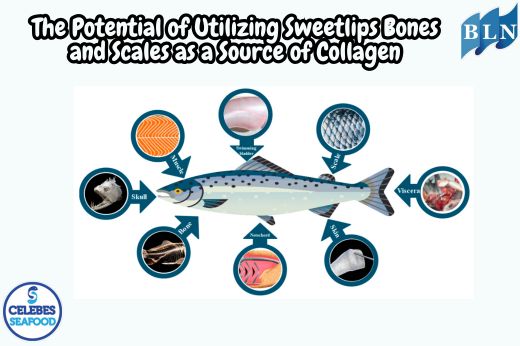
lautnusantara.com Sweetlips are not only known for their delicious meat, but also hold great potential in parts often considered waste: their bones and scales. These parts, like other fish waste, are a very promising source of collagen. This utilization not only reduces fishery waste but also increases the economic value of sweetlips.
1. Why Are Fish Bones and Scales Rich in Collagen?
Collagen is the main structural protein in the animal body, making up approximately 25-35% of the total protein. In fish, collagen is found abundantly in the skin, bones, scales, and fins. Fish collagen, or marine collagen, has several advantages over collagen from land animals (such as cows or pigs):
Higher Biodisposability: Marine collagen has a lower molecular weight, making it more easily absorbed by the human body.
- Safety: Lower risk of zoonotic disease transmission (from animals to humans).
- Widely Acceptable: Suitable for groups who avoid certain animal products for religious (halal) or dietary reasons (vegetarians/vegans who consume seafood).
2. Potential Utilization of Kaci-kaci Fish Bones and Scales
Kaci-kaci fish bones and scales, which may otherwise end up as landfill waste or waste in the fish processing industry, can be transformed into high-value products:
- Source of Collagen Peptides: Through extraction and hydrolysis processes, collagen from bones and scales can be broken down into collagen peptides. These peptides are more easily absorbed by the body and have various applications:
- Health Supplement: To maintain healthy skin (elasticity, hydration, reducing wrinkles), hair, nails, joints, and bones.
- Cosmetic Raw Material: As an anti-aging ingredient in creams, serums, masks, and other skin care products.
- Food Additive: As a thickener, stabilizer, or nutritional enhancer in functional food and beverage products.
- Gelatin: In addition to collagen peptides, fish bones can also be extracted to produce gelatin. Gelatin is widely used in the food industry (candy, desserts, dairy products), pharmaceuticals (drug capsules), and photography.
- Hydroxyapatite: Fish bones are also rich in hydroxyapatite, the main mineral that makes up bones and teeth. Hydroxyapatite from fish has potential applications in biomaterials, such as bone implants or dental fillings.
3. Collagen Extraction Process
In general, the process of extracting collagen from fish bones and scales involves several stages:
- Washing and Cleaning: The bones and scales are cleaned of meat and dirt.
- Demineralization: Using a dilute acid solution to remove minerals (especially calcium) from the bones, leaving a collagen-rich organic matrix.
- Protein Extraction: Collagen is extracted using an acidic or alkaline solution at a specific temperature.
- Hydrolysis (Optional): To obtain collagen peptides, the extracted collagen is further hydrolyzed using enzymes or heat.
- Purification and Drying: The final product is purified and dried into a powder.
4. Challenges and Opportunities
Despite its enormous potential, utilizing fish waste also presents challenges, such as standardizing the extraction process, investing in appropriate technology, and educating the market about the benefits of fish collagen-derived products.
However, the opportunities are far greater. With increasing awareness of health and sustainability, demand for natural and functional products continues to rise. Utilizing the bones and scales of the kaci-kaci fish as a source of collagen is a smart step towards a circular economy in the fisheries industry, turning waste into gold, and supporting sustainable development.
If you are interested in our Redfin Emperor Fillet Skin On,Robinson Sea Bream Fillet Skin On please do not hesitate to contact us through email and/or whatsapp.
